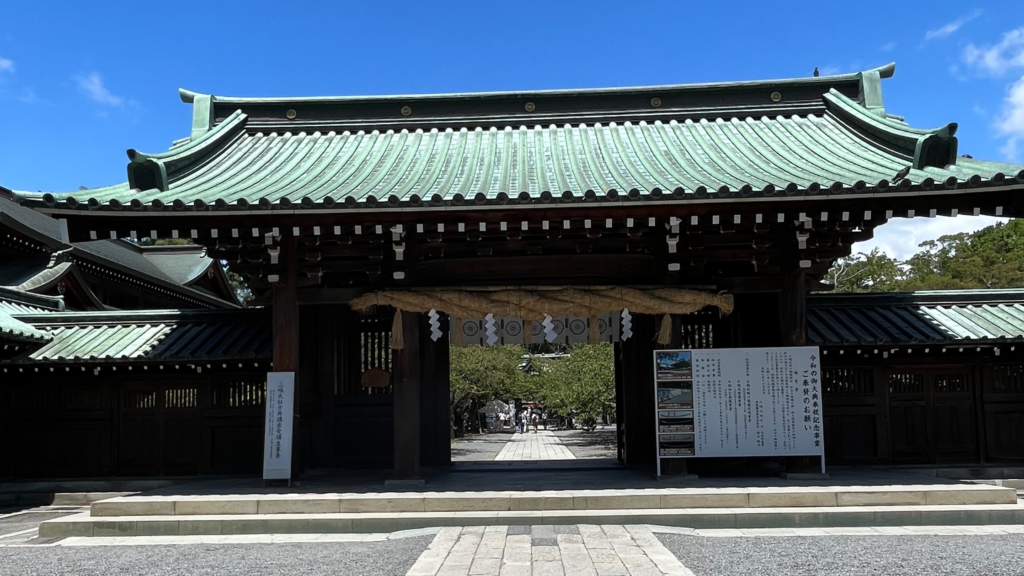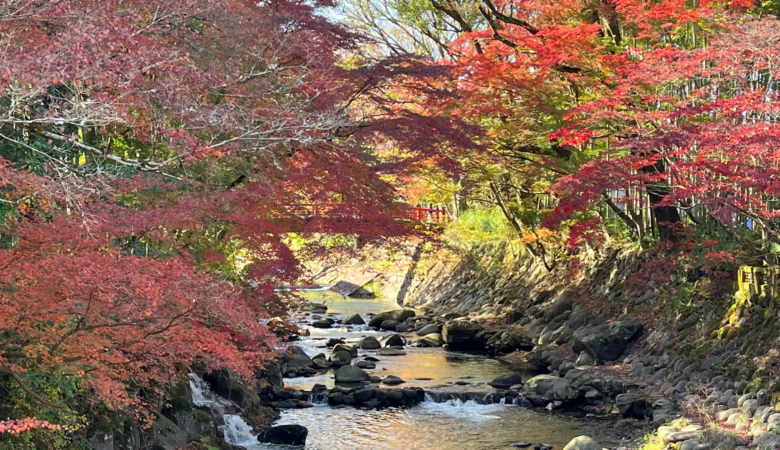The Izu Peninsula is a peninsula rich in nature that was recognized as a UNESCO Global Geopark in 2018 and can be reached in about one hour from Tokyo.
The Izu Peninsula is also famous as a hot spring resort on the seaside, but this time we will introduce Mishima, Izu Nagaoka, and Shuzenji in the Naka Izu area, where you can relax and enjoy nature in the mountains.

What is a Geopark?
Geopark is a combination of the words “Geo” meaning earth and “Park” meaning park. As the name suggests, a geopark is defined as a management area that integrates “protection,” “education,” and “sustainable development,” which have international value from a geological point of view, as well as World Heritage sites, and Japan has 10 regional geoparks that have been recognized as world-certified.
In this area, we learn about the earth’s past from geology and topography, think about the future, and protect the rich nature as a place to work.
In 2018, the Izu Geopark became the ninth in Japan to be recognized as a global park. The Izu Peninsula was originally a group of submarine volcanoes. The movement of the plates continues, continues to push into Honshu, and tectonic movements continue to create various topography. These geological peculiarities form the Izu Peninsula, which has many beautiful landscapes and hot springs.

Mishima
The lava that flowed out from the eruption of Mt. Fuji about 10,000 years ago created the land around Mishima Station and the northern part of the Izu Peninsula.
Near the station, you can see a garden called “Rakujuen” where lava can be seen here and there, and a river flowing with spring water from Fuji can be seen here and there in Mishima City. Walking along the walking path in the beautiful river is also very pleasant in the summer.

Mishima Taisha Shrine, which has a deep history and connection with Mishima, is one of the highlights. This shrine is located on top of the mudslide caused by the Great Collapse of Mt. Fuji that occurred 2,900 years ago. The shrine grounds are decorated with large stones that were carried by a mudslide. Mishima Taisha, located in this volcanically active area, enshrines a god related to volcanoes.

Izu Nagaoka
Izu Nagaoka is a station on the way from Mishima to Shuzenji. There is Mount Katsuragi, which is 452 meters above sea level. This mountain is called a “volcanic root” formed by the uplift of the magma path that passes deep underground due to tectonic movements.
The summit of this mountain is a panorama view spot called “Izu Panorama Park“, so you can see a superb view of Izu city and Mt. Fuji from the summit.

Shuzenji
It is a historic city centered on Shuzenji Temple, which is said to have been opened by Kukai in 807. It is located in a valley at the foot of a volcano that repeatedly erupted until 500,000 years ago.
Shuzenji is a small hot spring town, but it is a place that has been loved by many artists for its very calm atmosphere.

There are places where you can see cherry blossoms in spring and beautiful autumn leaves in autumn. Niji no Sato and the maple forest are especially worth visiting as they are dyed with bright red autumn leaves.



There are many places rich in nature within about one hour from Tokyo. Why don’t you get out of the city for a while and enjoy a trip to enjoy nature slowly.

